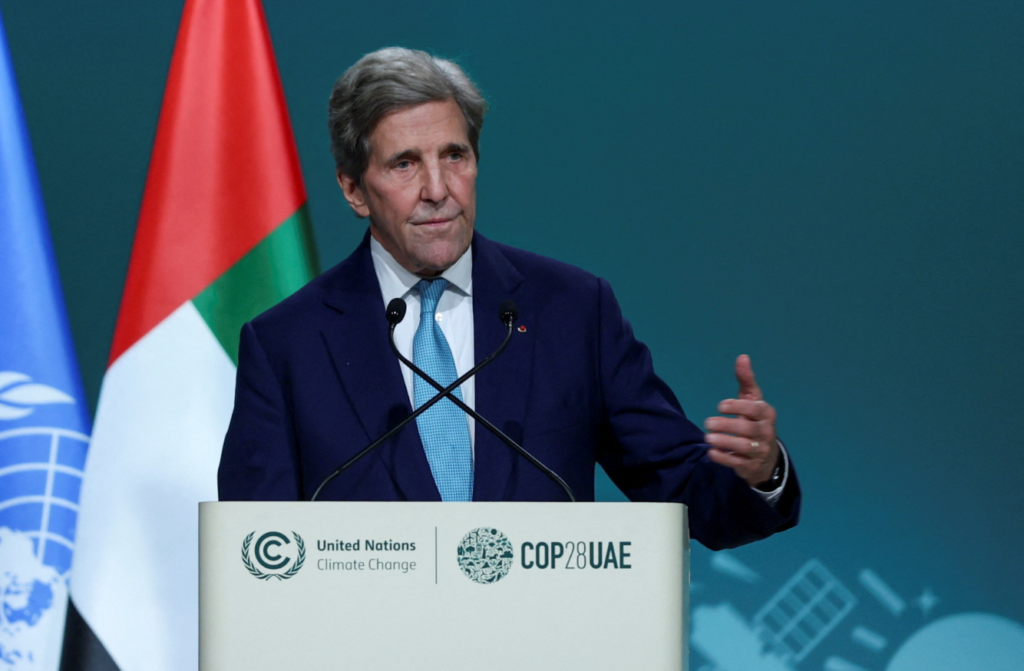|
Getting your Trinity Audio player ready...
|
U.S. special climate envoy John Kerry has launched an international initiative to advance nuclear fusion technology, asserting that this emissions-free technology could play a pivotal role in the global fight against climate change.
The initiative involves collaboration with 35 nations and focuses on various aspects, including research and development, supply chain concerns, and safety and regulatory considerations.
Addressing the COP28 climate summit in Dubai, Kerry expressed optimism about the transformative potential of fusion technology. Fusion, a process that powers the sun and stars, involves recreating similar conditions on Earth using heat and pressure generated by lasers or magnets to fuse light atoms into denser ones, releasing substantial energy.
This emerging technology holds promise for producing vast amounts of power without the long-lasting radioactive waste associated with today’s nuclear fission plants. Despite these advantages, there are significant challenges to overcome before fusion can become a reliable source of commercial electricity.
One obstacle is achieving sustained instances where fusion experiments yield more energy than is inputted into them. Additionally, there are regulatory, construction, and siting challenges in deploying new fleets of power plants to replace components of existing energy systems.
On November 8, the United States and Britain signed a cooperation agreement on fusion, joining other nations like Australia, China, Germany, and Japan in the pursuit of fusion technology.
In August, scientists at a U.S. national lab in California achieved a fusion breakthrough called ignition, where, for a brief moment, the energy output surpassed the energy concentrated on the target. However, the net energy output of this experiment was estimated to be only about 0.5% of the energy used to power the lasers.
Two main approaches to fusion are being explored: one uses lasers to focus energy on a gold pellet containing hydrogen, while the other utilizes powerful magnets to trap plasma, gaseous hydrogen heated to around 100 million degrees Fahrenheit (55 million degrees Celsius). The global collaboration spearheaded by Kerry aims to address these challenges and propel nuclear fusion toward practical, scalable applications in the future.
